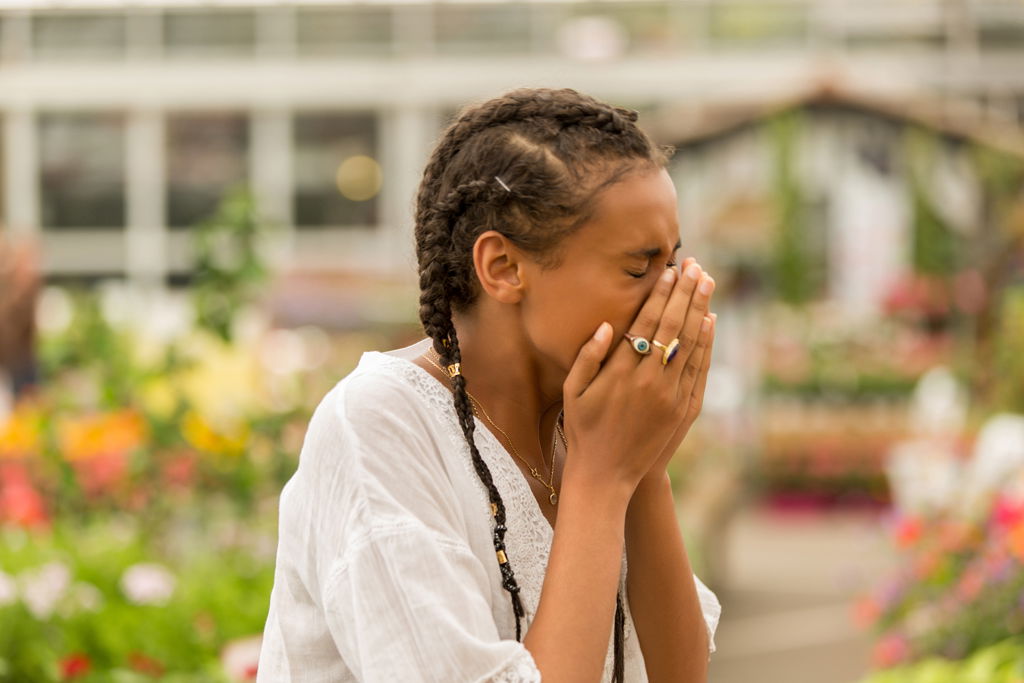You know the symptoms: sneezing, nasal congestion, sinus pressure, runny nose, cough, scratchy throat, and red, itchy, watery eyes. These will all sound familiar if you suffer from pollen allergies. Every year, the pollen season feels longer and longer, so you suffer from these unpleasant symptoms for longer and longer. But is that all in your mind, or is the pollen season actually getting longer? The answer is that pollen season really is getting longer (and more intense, too) each year. Here’s why.
You’re probably aware that the Earth is currently in a global warming cycle. This climate change is leading to more extreme weather around the globe, including heatwaves and droughts. These weather changes can, in turn, lead to an increase in ground-level ozone and air pollution. These increases then cause higher carbon dioxide (CO2) levels and result in warmer temperatures. This cycle then repeats itself.
So, where do allergies come in? One effect of this global warming cycle is that plants produce more pollen, which then triggers allergies and asthma symptoms. The rising temperatures also give plants a longer growing season. This means that in addition to the pollen season being more intense and “worse” each year, it is also longer with every passing year.
The issues with climate change and allergies do not end there. With longer growing seasons, plants can now move into new areas where they formerly did not grow. This means that the number of people who suffer from seasonal allergies will likely increase as pollen-producing plants spread into more areas. With 24 million Americans already suffering from seasonal allergic rhinitis, this is no small shift.
The Asthma and Allergy Foundation of America (AAFA) recently released the 2021 Allergy Capitals report, which further explores the connection between climate change and seasonal allergies. Interestingly, in 2020, fewer people reported feeling the effects of seasonal allergies. However, this does not seem to be due to a shorter or less intense pollen season. Rather, more people stayed indoors in 2020 because of the COVID-19 pandemic, so fewer people felt the effects of seasonal allergies.
While staying indoors on days with high pollen counts can help you avoid allergy symptoms, it is not a long-term solution to the issue of climate change and its effect on seasonal allergies. Without slowing down climate change, pollen production will only intensify and lead to worse allergy symptoms for more people. Although it may seem like you cannot do much to halt the world’s cycles, you can do your part to slow down climate change. Contact your local lawmakers and encourage them to create laws to reduce emissions and air pollution. You can also power your home with renewable energy, use energy-efficient appliances, and reduce water waste. These small steps can help to slow down climate change.
If you suffer from seasonal allergies, it is also important that you see an allergist. At West River ENT and Allergy, we are dedicated to helping you manage your allergy symptoms so you can live better. To learn more, please contact us today.




